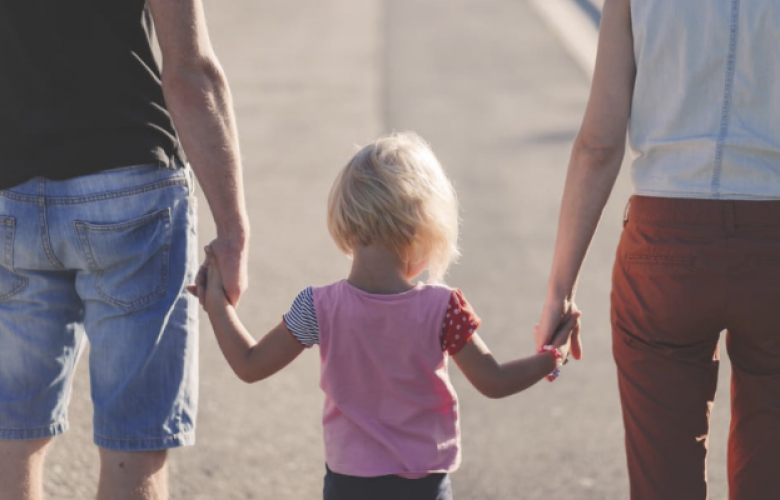Demographic insight: are family homes falling out of favour?
Contact
Demographic insight: are family homes falling out of favour?
As Australian families evolve, so too does the Great Australian Dream of home ownership.
It’s official: the typical Australian family is shrinking.
The size of the average family has almost halved in the last century, down from 4.5 family members in 1911 to 2.6 family members in 2011.
And the Great Australian Dream of owning your own home? That’s evolving along the way, too. The good ol’ family home with a deck, a pool and and a double car garage may not be quite as sought-after going forward as we’ve been lead to believe.
How (and why) are households changing?
Thirty years ago, in the majority of homes across Australia, the household comprised of at least two people. But this trend is changing – and swiftly, too.
According to Census statistics, just 19% of all homes accommodated a solo person in 1986. By the year 2011 this figure had grown to 24.6%, and the Australian Institute of Family Studies predicts that single-person homes are only going to become more prevalent.
There are a number of reasons for this, including the fact that elderly people are now more willing to live on their own for longer periods, rather than shifting into to assisted living or nursing homes in their 60s or 70s.
We’re also experiencing evolving dynamics in terms of family types; with the emergence of no-fault divorce in the 1970s, there are now more single parents and separated families than ever before.
From a property standpoint, all of this could signal that the family home – once considered the ‘holy grail’ of real estate investments – may be falling out of favour as the preferred property type.
Home-buying trends set to transform property market
With single-person homes on the up and up, it’s evident that apartments and townhouses are set to become increasingly popular in the future.
But it’s not just how we’re living that is changing. Taking it one step further, the way that we are going to be buying homes in Australia is set for a major overhaul in the next decade or two, as economic, cultural and demographic trends lead us towards some interesting new ways of getting onto the property ladder.
According to CommBank’s Future Home Insights Series, a number of trends are predicted to influence the Australian housing market between now and 2030 and beyond, including:
Collaborative buying
‘Co-housers’ will become a trend in which people own or rent a smaller-sized dwelling that is part of a bigger development, which contains communal areas, such as laundries, sheds and gardens. Co-housing also reduces overall physical and environmental footprints per household, through more efficient land use.
Group loans
Taking joint ventures to the next level, group loans invite people to split the costs of buying a home with siblings, friends or other trusted parties to get onto the property ladder and buy their first home. Analysis by CommBank shows that the number of applications with two or more applicants is trending up, from 64 per cent in 2014 to 67 per cent in 2016, while the number of single applicants for mortgages is slowly trending down.
Staircasing
A relatively new trend in Australia, staircasing is becoming popular overseas’. It allows you to move up the property ladder by buying shares in an individual property, with a goal of hopefully one day attaining full ownership, by purchasing a share in a property and gradually increasing this stake as your savings grow. An example includes a British government scheme known as ‘Help to Buy’ that allows home owners to pay as much as they can afford – typically 25-75% of the total value of a property – before then increasing their ownership stake as and when their funds allow.
This article was originally published on RealestateVIEW.com.au.
See also:
Could 2016 be the year of the larger apartment?





